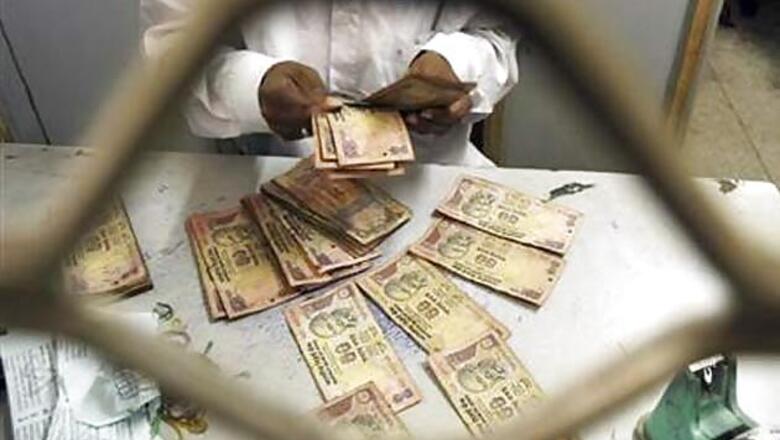
views
New Delhi: The union government plans to raise 3.7 trillion rupees through bond sales during April-September, in line with market expectations, but dealers expect yields to rise on back of heavy weekly supplies.
The amount comprises 65 per cent of the government's gross borrowing target of 5.7 trillion rupees for 2012/13, and is in line with 3.6 trillion to 3.8 trillion rupees expected by the bond market.
The announcement, which came after market hours, is likely to send bond yields higher on concerns of large supplies, dealers said.
Seperately, the Reserve Bank of India issued the borrowing calendar for the period, and said the government will borrow between 150 billion rupees and 180 billion rupees on a weekly basis.
The government, however, reassured that it will try to stick to the borrowing plan and not overshoot it, Economic Affairs Secretary R Gopalan said, after a meeting with central bank officials in New Delhi.
"We have planned this very carefully. We had problems with income tax refunds last year (2011/12), b ut this year we have taken care of that problem," Gopalan said.
Net borrowing for April-September stands at 2.85 trillion rupees after accounting for redemptions, he said.
A reason for the government to borrow heavily in the first half of 2012/13 is the heavy repayments worth 605.7 billion rupees due during April to June, dealers said.
In the fiscal year 2011/12, the government had increased its borrowing amount twice to 5.1 trillion rupees from an initial budgeted 4.17 trillion.
The benchmark 10-year bond yield, which closed up 3 basis points on Tuesday at 8.50 per cent, may rise to 8.55-8.60 per cent on Wednesday, traders said.
The yield, which has risen nearly 22 basis points since March 15 on heavy debt supply concerns, hit a near three-month high of 8.54 per cent intraday on Tuesday.
Yields are expected to further rise to 8.70 per cent in the first week of April, when fresh debt supplies start rolling in, dealers said.
"We need to see how the calendar is and how incessantly it hits. At the margin, you will need positive news for yields to move lower. Left on its own, yields will trend higher," said Nirav Dalal, president and managing director debt capital markets at YES Bank.
The government normally borrows the majority of its full-year target during the first half of the fiscal year, so as not to crowd out credit needs of private sector, which typically require money for investment and expansion in th e second half.
"This year (2012/13) we also planned what will be the inflows and what will be the expenditure. This will be a reasonable way of aligning with the reality of our cash requirements," Gopalan said.
Gopalan said that if the small savings collections improve during the year, the government may trim its borrowing for 2012/13.
The government raised interest rates on small savings schemes, effective April 1.


















Comments
0 comment